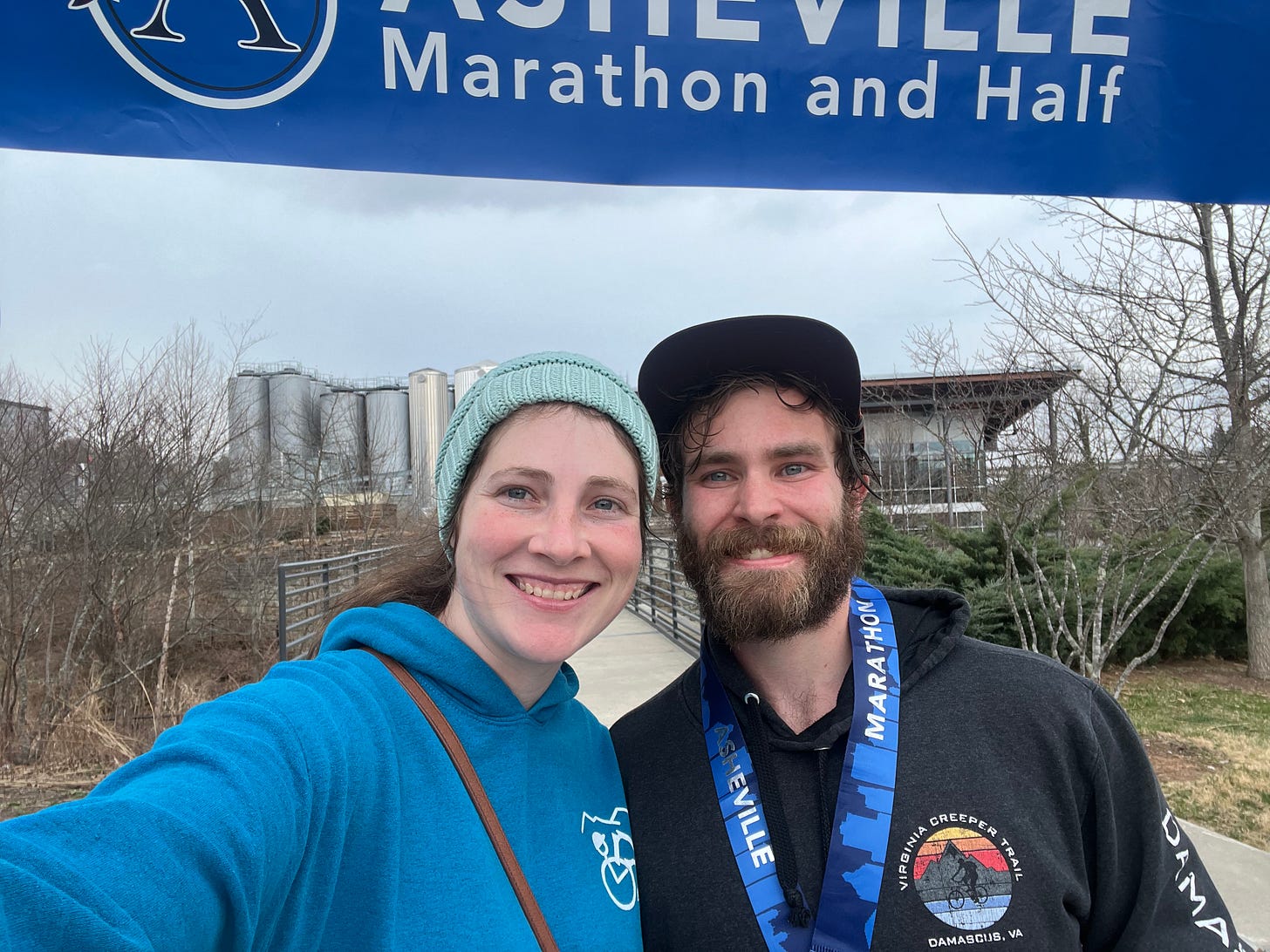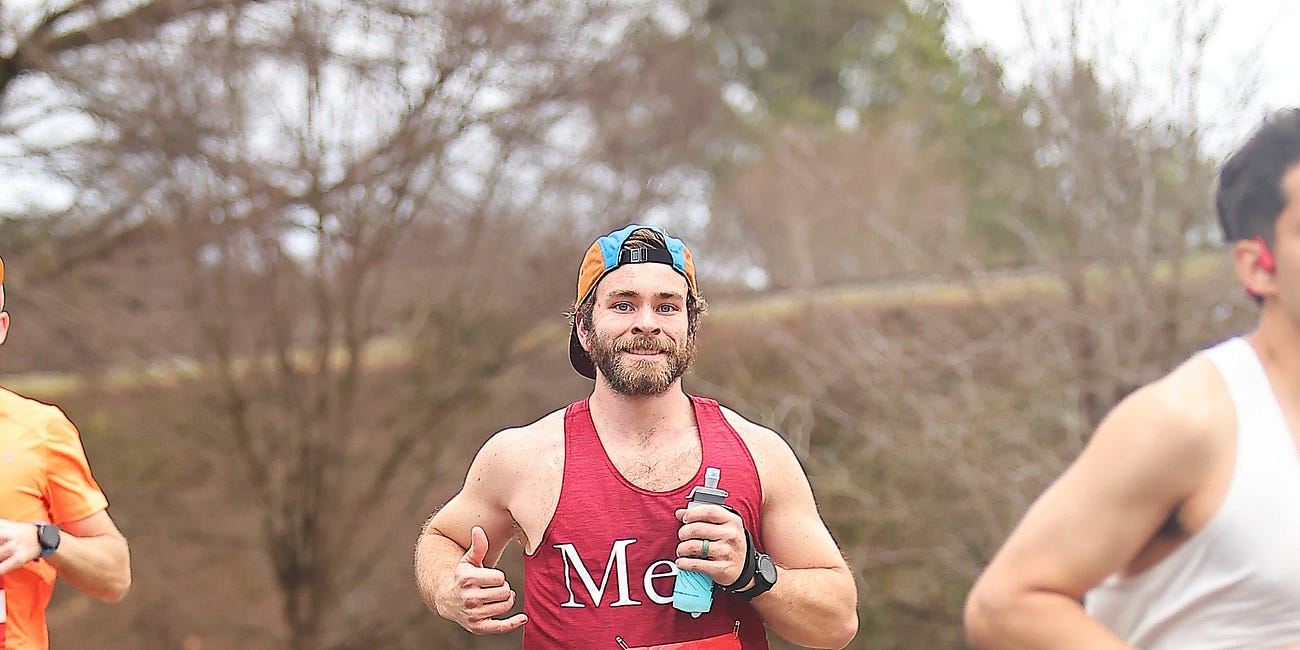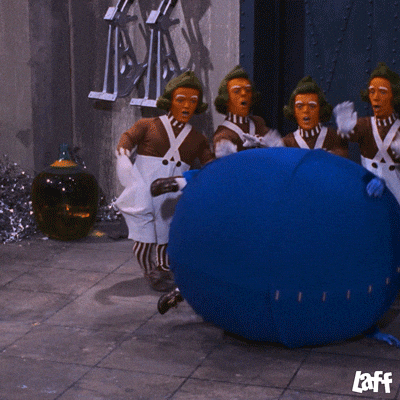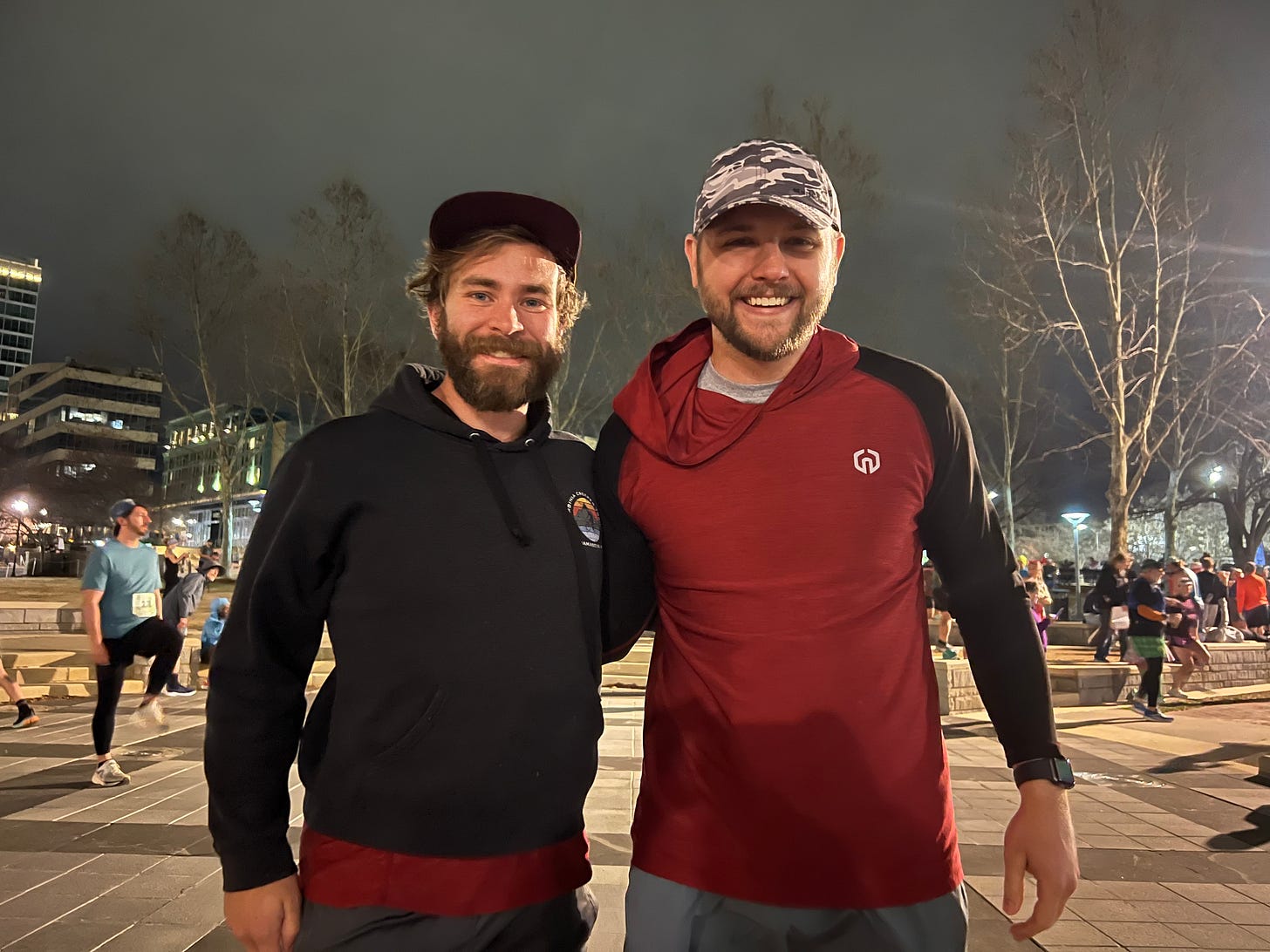Hey everyone and welcome to another running article!
First of all, if you are new, welcome! Make sure you are subscribed and you can get these letters straight in your inbox!
It is hard to believe that this Asheville Marathon prep series is over. This is the final article for this prep! But don’t worry, a new series is just around the corner! But more on that later :)
The entire training block for this marathon really began back in like August 2024. My goal was to do a slow build up and then a 20ish week build. Along the way there were many hiccups including a hurricane, throwing my back out, holiday season, ice and snow, throwing my back out again, a bad cold, and so on.
Along the way, my Garmin app kept track of all the miles I ran on my different shoes.
From August to March I had a little over 800 miles of running dedicated towards this marathon. That actually brings us to a pretty low average of 28 miles per week. But, again, we built up slow and had many hiccups along the way. Once the new year hit, my goal was to average between 40 to 50 miles a week and peak around 65 miles a week.
If you remember, during the majority of this prep, my goal was to replace one easy run per week with cross training. I tried stationary cycling, incline treadmill walking, and even roller blading. During the weeks where I was recovering from pulling my back I ended up doing incline treadmill walking 2-3 times. Those miles aren’t really included in the total either.
It has definitely been a wild prep, lots of turns along the way, but all in all, it led to a successful race day!
So let’s jump in!
Carb Load
Before we get to race day, we need to back up 3 days before race day when the official carb load began.
If you read my race recap from the Asheville Marathon last year, you know that I blew up around mile 20 most likely because my glycogen (energy stored from carbs) was completely depleted.
Here is the article if you are interested:
To summarize: if you have no fuel left, your body will force you to slow down.
If you recall from a few weeks ago, I broke down that the faster you go the more we use carbs as a fuel source. The slower we go the more we use fats as a fuel source. The issue here is that we can only store a limited amount of carbs, but almost unlimited fats.
So what happens when you deplete your carbs? Your body slows down so it can use fats instead.
We tested out a good carb load for the Suwanee Half Marathon. I promise this is the last link, but you can read how that went here:
Since that went well, I decided to just stick to that strategy, but extend it. For most marathon builds, it is suggested to do a 2-3 day carb load. 2 days will require more carbs per day and I knew hitting that 700g of carbs was a struggle last time, so we went with a 3 day carb load, targeting 700g of carbs each day!
This was almost as hard as the marathon itself. By the end of it, I was sick of carbs. Which is maybe the goal in a way.
We even went to our favorite taco place on one of the carb load days and I couldn’t finish my food, I was just too full. And then when we got home, I had to make more toast to eat…
If you are curious what the menu looks like, this is the list I made of what I targeted to eat every day:
Total Macros
708g carbs
94g fats
154g protein
Calories: 4,148
1st Breakfast
1 scoop G1M Sport
Banana
2 slices of sourdough bread
1 tbsp of honey
2nd Breakfast
1 cup masa flour (cooked as a pancake)
2 tbsp maple syrup
2 eggs
Elevensies
Yogurt with honey
Strawberry Banana smoothie
Lunch
Dave’s Killer bun
Plantain
Spaghetti squash w/ pesto
1 Apple
16oz smoothie
Burger
Dinner
Dave’s killer bun
Burger
16oz smoothie
2 potatoes
Snacks
0.5 cups masa flour (cooked as a tortilla with salsa)
1 slice sourdough bread
After the first day, I woke up with a stomach ache. While this might make sense, it was also a little worrisome.
Another YouTuber I follow, Floberg, had a video a while ago where he tried carb loading with a lot of fruit juice like I did and he had stomach issues too. From some research it sounds like the carbs from fructose (a primary sugar in a lot of fruits) is stored mainly in your liver. Once your liver is full, it moves to the stomach and can upset your stomach.
Because of that, for days 2 and 3 I lowered the intake of the smoothie slightly and just ate more sourdough bread instead.
All in all, I think it was pretty successful for the 3 day carb load, and spoiler alert, I don’t feel like I bonked this time! I felt pretty strong for the whole race! But we’ll get to that in a minute.
Taper
The odd thing for me during the carb load was that I was also in the midst of my taper.
Now, I didn’t write an article on a taper, so maybe I will one day. But real quick, a taper is when we reduce total training load so that our body can be at 100% when we toe the start line.
A lot of times when people taper they reduce total volume and total intensity.
What I mean is that maybe they were running 50-65 miles a week with a fast and hard workout on Tuesday and Friday, and then a long run with marathon pace work on the weekend. Then during the taper, maybe they run 30 miles a week filled with only easy runs.
The argument is that when we do hard workouts, those adaptations we build don’t really sink in for a couple of weeks, so there is no point do doing them race week or the week before.
However, I think the issue is we lose touch psychologically with those faster paces. And as long as we don’t do too intense of a workout the day before the race, then we won’t have lingering fatigue.
As such, I reduced my total mileage run in a week to around that 30-40 range, but I kept in some harder workouts. And I really liked this approach!
One of the main reasons I liked this is it helped me not give in to the laziness. One of the biggest challenges for me during the taper is I often feel lazy because I’ve gone from these big weeks of training to a low training load and increased food intake.
I am also trying to rest more often and not strain my body as much. And when I’m in that place it gets kind of hard to stay in the mental mindset of racing.
But being able to tap into some faster paces along the way definitely helps!
Shakeout Run
This year, I got to go take part in my first organized shakeout run and run with a group of people. The race this year was sponsered by New Belgium brewing, and they were the finish line too. As such, they hosted a shakeout run to start from the brewery.
I convinced a friend from church to run the half marathon this year and so I got him to go to the shakeout run with me too!
After a delicious lunch at Rocky’s Hot Chicken where I got to eat even more carbs, we headed over to New Belgium to run a little 3 mile shakeout run on part of the course.
It was actually the final 5K of the marathon which was fun!
From there we went on to the expo, picked up our bibs, got a snap of the race course, and went home to rest and try to go to bed early for the 4:30am alarm the next day.
Race Morning
Race morning went pretty flawlessly actually. I did everything pretty much the exact same as the Suwanee Half Marathon. Another bonus to doing a tune up race!
I woke up at 4:30am, ate my pancakes and decaf coffee, drank my G1M sport and extra electrolytes, and hit the road around 5:45am to pick up my friend at 6am so we could be to the race around 6:30am.
That would give us about an hour to warmup, go to the bathroom, etc.
Unlike the Suwanee Half Marathon, the weather for this race was perfect! It was in the 50s and overcast from the moment we woke up at 4:30am to the moment we crossed the finish line! Dream weather! We didn’t even need layers for a colder morning!
We arrived on time, had a great warmup, and toed the line ready to run.
Race
Pacing
Now, going into this marathon prep, I was originally targeting a sub 3 hour marathon attempt.
But life happened and I think the Suwanee Half Marathon sealed the deal that I never got back to full sub 3 hour shape after being sick.
As such, I knew if I went for sub 3 hours, I would probably burn up all my glycogen too early. So I adjusted the goal and set out to hit a new PR instead.
That put my goal anywhere from 3:07 to 3:19.
So my average goal pace was like 7:10-7:20. That would put me in that 3:07-3:12 range, which gave me a buffer to still PR if I slowed beyond that.
Fueling
Unfortunately, a carb load only gets you so far. They say a perfectly successful carb load can get you around 2,000 calories worth of glycogen stored. When I look at my Garmin after the race, I burned 3,000 calries running the marathon!
Now, remember, a mix of that is also calories from fats, but a decent amount is from carbs.
This means relying on stored carbs alone won’t cut it. We need to be intaking carbs during the race too.
During this race, I carried 4 GoGels, which each have 25g of carbs. I had one of these every 5 miles. I also carried a water bottle with 1 scoop of G1M sport, which has 20g of carbs. I sipped on that every mile. Finally, any aid station with Gatorade, I’d drink that too.
All in all, that probably averaged me around 50g of carbs per hour during the race. This may have actually been on the lower end, so that is something to keep in mind for the next race.
Execution
For this race, I tried to divide the race into 3 sections.
The first 12 miles were shared with the half marathon and were where all the hills were. The total elevation gain during this marathon was around 1200ft and 1300ft of descent.
The majority of that was in the first 12 miles. For that section I wanted to finish averaging around 7:10. I ended up averaging that section around 7:20, which was ok because it was hilly and I wanted to conserve energy.
Those first 12 miles were mainly throughout downtown Asheville. However, for those doing the marathon, the next half was all by the river and the greenway.
It was actually a really powerful picture, especially for those not from Asheville, because that meant a majority of our scenery was the endless amounts of debris and destroyed buildings that are still here from Helene. And yet, we were all still there, showing up, running miles, and having a good time. The city has come a long way in these past 6 months, but it’s still wild to see how much there still is.
All that to say, the next 8 miles were flatter and by the river. The goal here was to just settle into a pace and relax the best I could. I averaged this section at 7:32/mile.
This leaves us with the notorious final 10K of the race.
From miles 20 to 26.2 is where we usually hit walls. The paces definitely dropped a little here so there is still room for improvement, but my slowest mile was only 8:16! That is a minute per mile slower than my goal, but definitely not indicative of blowing up. Furthermore, I was able to recover from that and run a 7:57 mile right after.
I averaged the final 10K at an 8:06 pace!
For those doing the math at home, that had me crossing the finish line with an official time of 3:18:56! I was right in front of the first place woman, so that’s pretty cool! (The official race photos always capture some wild moments, haha!)
I ended up finishing 17th overall and actually got 3rd in my age group!
I actually had no idea at first I got 3rd in my age group and we almost left after the race. Luckily, my social awkwardness kept us around.
See, in my head, getting the free beer from New Belgium sounded like it would be great post-race treat.
My stomach disagreed upon the first sip.
So now I had this full beer and was ready to leave. I couldn’t just throw away a whole beer and I couldn’t pour it out without people noticing. Therefore, I decided to check the race results to kill time only to see I got 3rd!
That, of course, meant we needed to stick around for the awards ceremony.
This gave my stomach about 30 minutes, which was enough time to settle to the point that the beer was in fact quite refreshing and I like to think it was some good carbs to start replenishing.
Post Race Thoughts
This was my best race yet! I think I am finally learning how the marathon works a little bit. I’m starting to get a better grasp on carb loading, pacing, pushing towards the end, etc.
I’m also getting a better idea on training and building towards the marathon. I’m learning that there is such a thing as training too much too early too. I actually wonder if with this block, my aggressive 20 week block hurt me. Maybe I peaked the weekend I did my 16 mile long run with 12 at marathon pace and then immediately got a cold the next day.
Maybe I was burnt out after that and couldn’t fully recover for the race?
What I do know is that every race is just an opportunity to fine tune, learn new things, and push to new limits. I hit a new PR on a harder course than last year.
I moved up the rankings compared to last year and got 3rd in my age group, which is really cool and even got this cool glass as an award!
I’m excited for what comes next! So be on the lookout for that article next week! Spoilers, I am not counting a sub 3 hour marathon out for 2025 just yet!
So until next time, whatever kind of race you are running, run with joy!


















